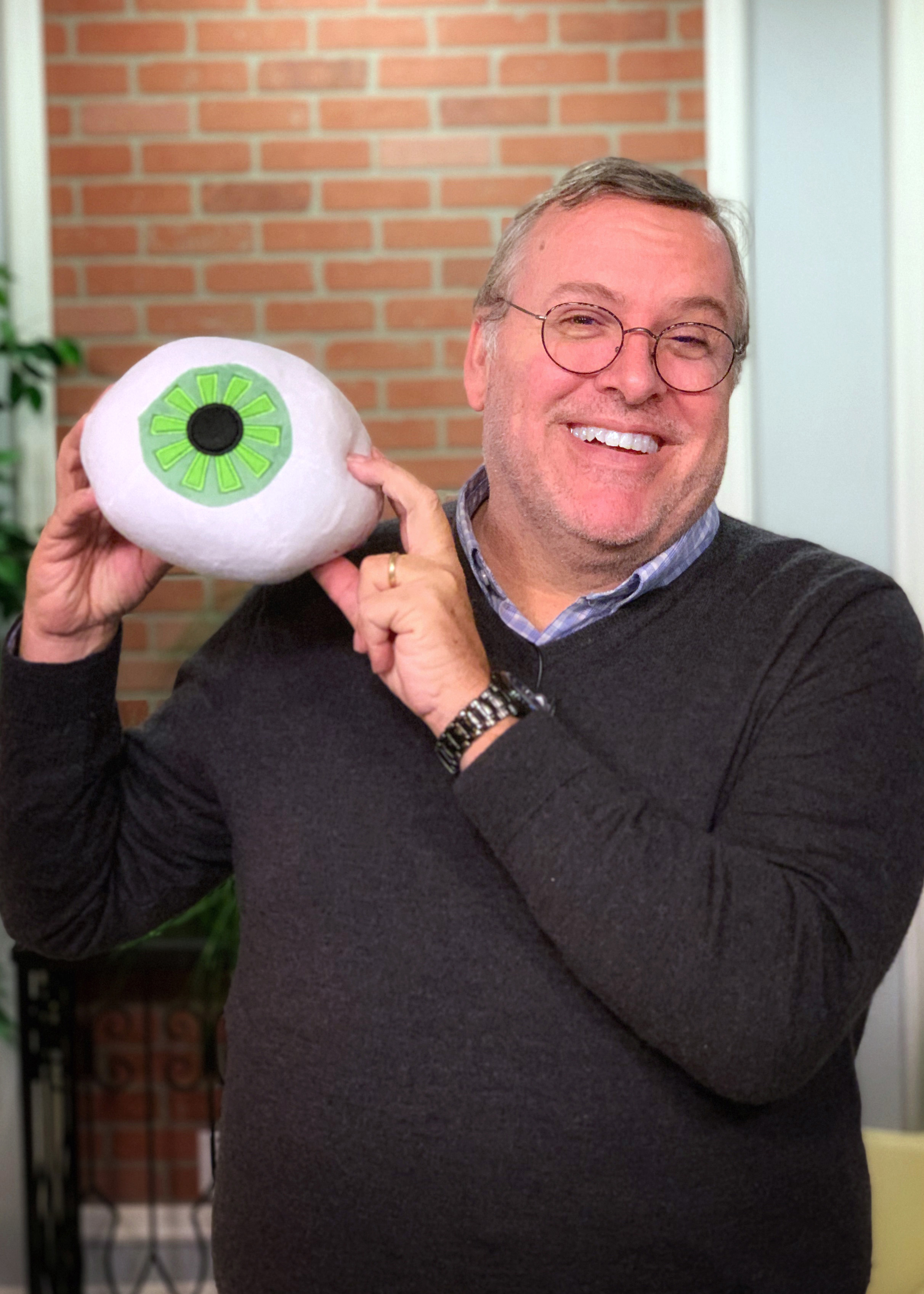Visual Consequences of Stroke, Brain Injury and Concussion in Adults
Vision is our furthest reaching sense, telling us 75% of what we know about the world around us. Stroke, brain injury and concussion can disrupt the visual system, affecting not just our patient's knowledge of the world around them but also how they interact and move through that world. This course will explain the most common visual consequences of stroke and brain injury from double vision, near vision focusing problems to visual cuts. Participants will learn to assess and document these deficits and learn modifications to improve performance and safety during treatment sessions in the clinic and at home. The participants will learn simple, inexpensive techniques to improve visual symptoms and patient outcomes. Physical, Occupational and Speech therapists will all benefit from a deeper understanding of the functional role of the visual system in their patient's recovery.
ATTENDANCE:
- Attend as part of the LIVE STUDIO AUDIENCE in Gulf Breeze, Florida - Studio audience seats are limited - so register today!
- Attend via LIVE STREAM from anywhere around the world. Live stream participants will login to access the event from their computer.
NOTE:
- This live event is streamed in real time.
- Course agenda is in Central time, please adjust for your time zone
- Registrants who attend the live broadcast will be able to interact with instructor.
- All registrants will have access to the broadcast recording for 14 days.
- A group may view the course together, however each attendee must be individually registered in order to receive CE credit.
COMPLETION REQUIREMENTS:
- Attend/view entire course
- Pass multiple choice quiz (80% min score)
- Complete online course evaluation
CEUs:
- SLPs - this course is registered with ASHA as Blended Learning. ASHA CEUs may be earned by attending live, viewing the recording, or a combination of both.
- OTs - Participants who need live hours for state license renewal must attend in real time yet, will still have access to the recording for 14 days.
Course Objectives
Upon successful completion of this course, participants will be able to:
- Cite the prevalence of vision dysfunction following stroke and TBI
- Differentiate the role of ophthalmology, optometry and specialist optometrists in managing the visual problems of neurological events
- Illustrate the anatomical causes of visual complaints
- Summarize the most common visual consequences of neurological events
- Differentiate between neglect and a visual field cut
- Explain the importance of understanding a patient’s vision history
- Demonstrate techniques to assess eye movements and near vision focusing
- Develop activities that will improve ocular motor activities
- List techniques to improve posture and balance using the visual system
- Document ocular motor and visual skills
- Utilize modifications during treatment to compensate for visual dysfunction
Course Instructor(s)

Robert Constantine
OTR\L
Robert Constantine, OTR\L is a 1997 graduate of University of Alabama at Birmingham Occupational Therapy program where he was awarded the Charles Brooks Award for Creativity. He has practiced in home health, and skilled nursing contexts and spent 9 years as the clinical specialist in brain injury at the West Florida Rehabilitation Institute where he developed a passion for evidenced-based treatment, sharing information and the functional effects of the visual system. Beginning in 2013, he enjoyed a 3 year tenure at an optometry practice where he learned techniques working closely with low vision, pediatric and adult optometrists. He has received Clinical Level 1 and 2 training offered by the Neuro-Optometric Rehab Association. He was also instructed in sports vision training working with the High Performance Vision Associates, a national group of optometrists that offer sports vision screenings to elite athletes. He developed specialized Drag Racing Glasses and has worked with NHRA Sportsman and Professional Drag Racers. He continues to provide vision rehabilitation services to pediatric and adult patients at the Pearl Nelson Center and Kindred at Home in Pensacola, Florida. Robert has been a national and international presenter for since 2016. His courses are engaging and full of personal experience and the latest evidence-based research.
Financial Disclosure: Rob receives honoraria from CIAO Seminars for the presentation of this course. Non-Financial Disclosure: None
Course Agenda
Day 1
Contact hours pre-approved for:
- 7 Hours
- CIAO is an ASHA Approved Provider #AAWA (0.7 ASHA CEUs) bubble sheet required
- CIAO is an AOTA Approved Provider of professional development. AOTA Course approval ID#01697
- This LIVE course is offered at 0.7 AOTA CEUs Intermediate level, OT Service Delivery category
- AOTA does not endorse specific course content, products, or clinical procedures.
- This course meets PDU requirements for NBCOT (7.8 PDUs)
- CIAO is an Illinois Approved Provider for PT/PTA Continuing Education
- CIAO is recognized as an Approved Provider for PT/PTAs by the NYSE Dept State Board for PT
- This activity is provided by the TBPTE Accredited Prov. TX (APTA TX #2802009)
- This activity meets the continuing competence requirements for PT/PTA license renewal in TX
- The assignment of Texas PT CCUs does not imply endorsement of specific course content, products or clinical procedures by TPTA or TBPTE
- The Physical Therapy Board of California recognizes CIAO Seminars as an Approval Agency to Approve Providers Offering Continuing Competency Courses
- The Physical Therapy Board of California has determined that CIAO meets the standards set forth in section 1399.95 of the CA Code of Regulations
- CIAO is a PT Approved Provider #BAP202310092 for the Oklahoma Medical Board. All PT courses for the 2022-2023 reporting period are approved.
- CIAO is a Rule Approved Provider for the Florida Board of Physical Therapy
- CIAO is an Approved Provider for the Florida Board of Occupational Therapy
- Approved for:
- 7 Hrs PT/PTAs in CA(#25-P8). IL, OK(BAP202310092), TX (APTA TX #2802009, 7 CCUs)
- 7 Hrs. Registered with CEBroker for OT/COTAs in AL, AZ, GA, LA, MS, SC, TN
- 7 Hrs. Registered with CEBroker for PT/PTAs in GA, OK, SC, TN
- 8 Hrs. OT/COTAs and PT/PTAs in FL (CE Broker #20-801238)
- 8.4 Hrs. PT/PTAs in NY
Course meets requirements for:

Intermediate Level
0.7 ASHA CEUs

CIAO is recognized on the NBCOT Provider Registry (meets PDU requirements for NBCOT)

CIAO Automatically reports to CE Broker for Florida Occupational and Physical Therapists and Assistants. Florida SLPs can either use the ASHA CE Participant Form (Bubble Sheet) or self-submit through CE Broker.

The assignment of AOTA CEUs does not imply endorsement of specific course content, products, or clinical procedures by AOTA.